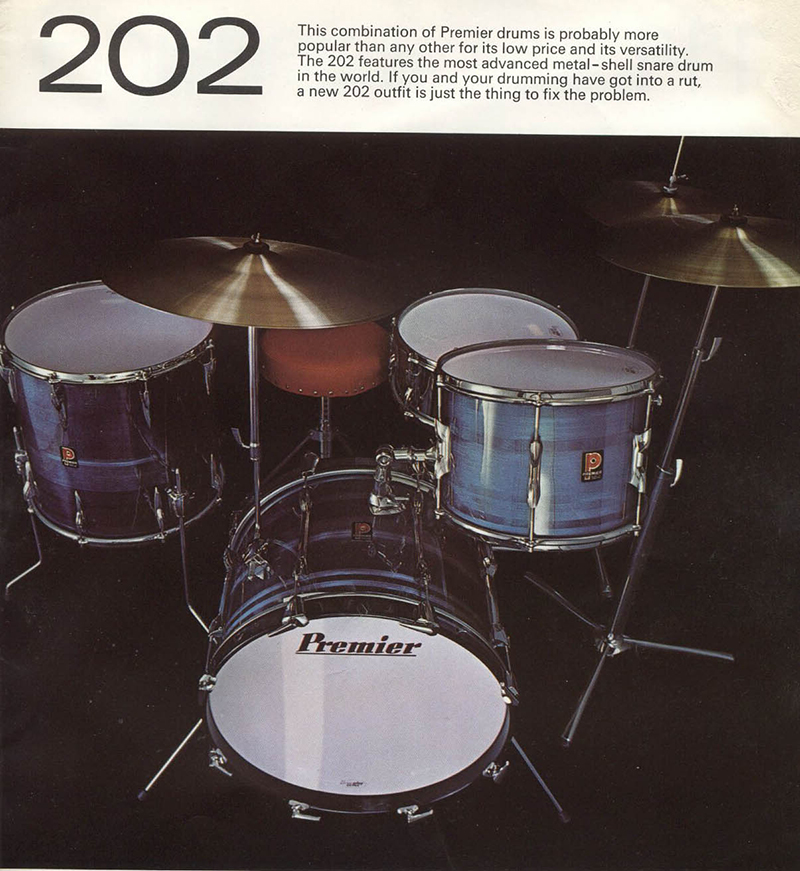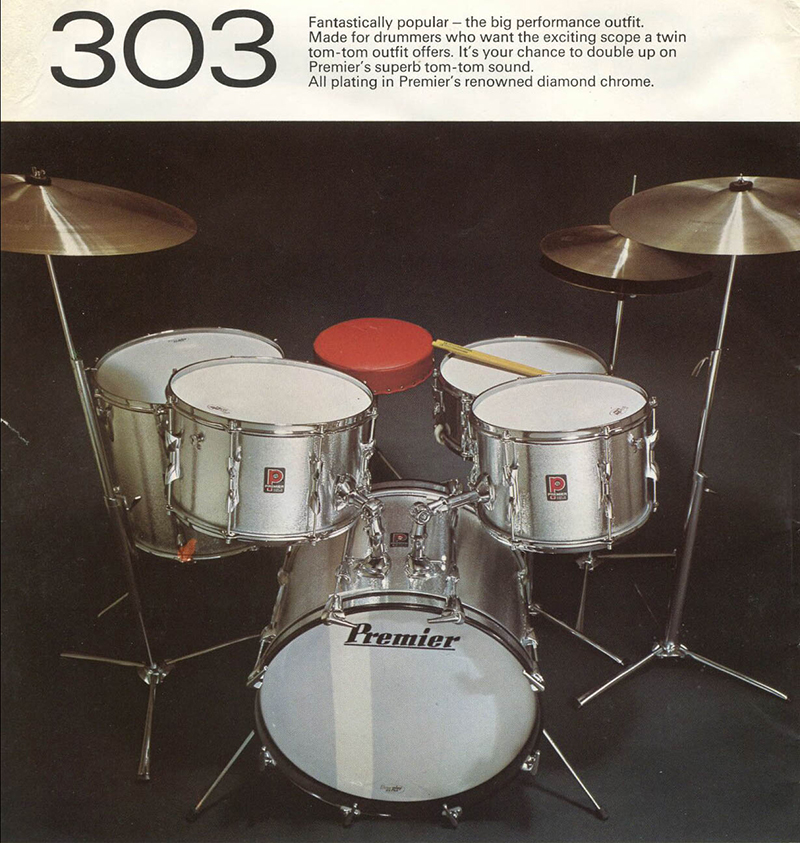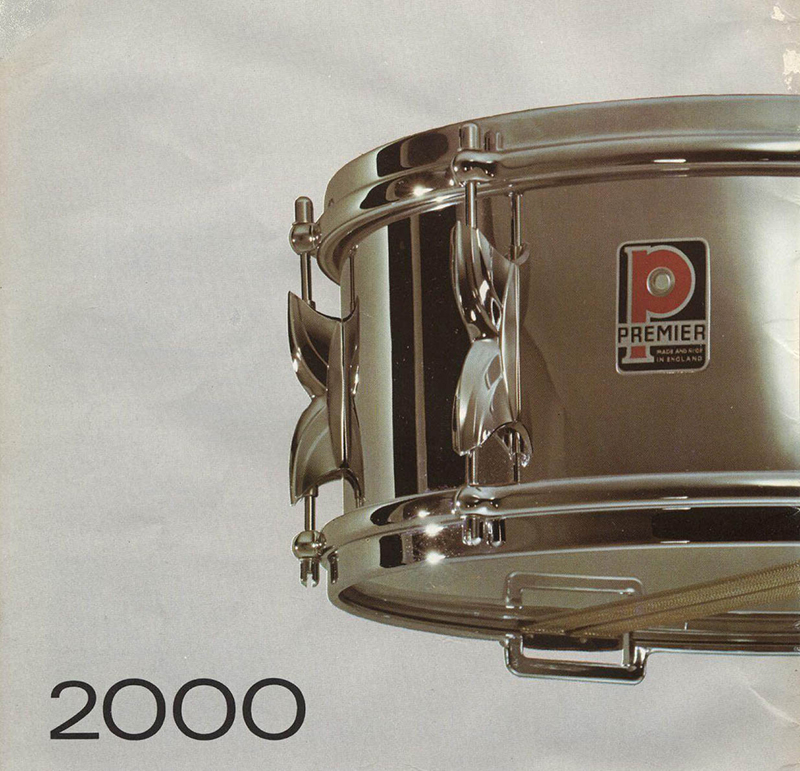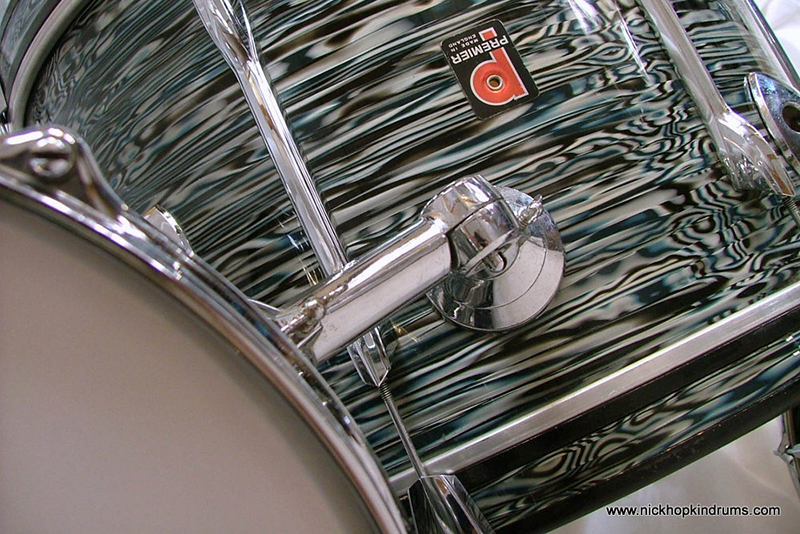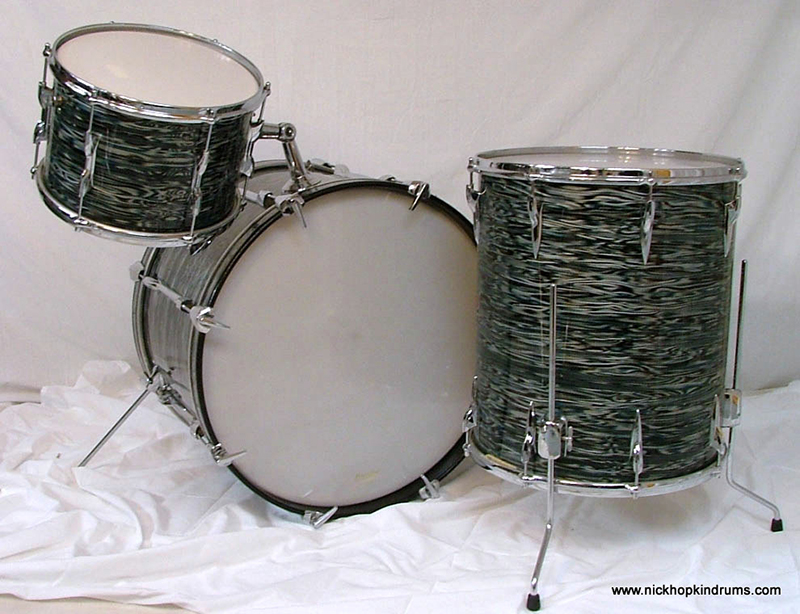"Mlasko American Classic Drums are made in Nashville, Tennessee for drummers who can appreciate refined classic drum design without the limitations of vintage instruments. Owner, Aaron Mlasko has been building drums since 1994. He’s also worked as an in-demand touring and studio drum tech for folks like Matt Chamberlain, Matt Cameron, Alan White, Mario Calire and many others."
Read more



